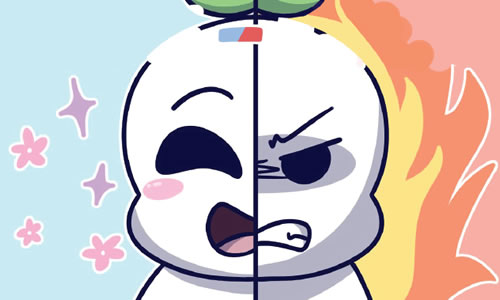There is a mode of expressing anger called passive aggression, in which the person indirectly or unassertively expresses aggression towards others. Here, anger is disguised and veiled. It consists of fi ve interrelated psychological factors: rigidity, resentment, resistance, reactance, and reversed reinforcement. Major characteristics of passive aggressive behavior are procrastination, hostile jokes, stubbornness, resentment, deliberate and repeated failure to accomplish requested tasks for which one is often explicitly responsible. The passive aggression can be found also in the form of gossip, towards authority figure and also against colleagues based on the unhealthy competition.
Martin Kantor (2002) fi nds ambivalence related to dependency as a major factor that leads to passive aggression. The unfulfi lled dependency needs may make the individual diffi cult to express the anger in a direct way. In other words, one who is craving for relations and affections avoids confrontation because it can endanger the relations. The conflicts of excessive control can also stem to an aggressive behaviour which is passive in nature. When someone feels as if being controlled by others especially by the authority fi gure, the subordinate can feel anger. Since the feeling of being controlled is very powerful the individual expresses the anger in a passive manner. It need not be a consciously motivated act even.
There can be many psycho somatic effects due to passive aggression. Clinicians connect passive aggression with diseases like Asthma, Temperomandibular joint pain, periodontal disease associated with enamel loss due to grinding the teeth out of hostility, carpal tunnel syndrome (CTS) from tension due to anger arising in association with resistance to performing, ulcer, obesity, alcoholism and hypertension.
Passive aggression creates problems in interpersonal relationships as well. Usually, others fi nd it diffi cult to understand the people who live their anger passively and their hostility. The trials to obscure the active role in expressing their anger create hard feelings of anger in others. It is often diffi cult to identify passive-aggressiveness, because it often looks like something else. Since others find it difficult to understand the proper feelings of through this behaviour, others become clueless about the feelings of the other which produce hard feel – ings in them. Some times others become aggressive or disinterested in relating with such people. In short, passive aggression can do numerous damages in intimate as well as social relations.
The passive aggression can effectively harm the occupational function of the individual. The characteristics of passive aggression like procrastination, obstructionism and forgetfulness specifi cally can do suffi cient harm for the effective fulfi lment of their responsibilities.
– Fr.Jo Paul Kiriyanthan



I constantlʏ spent my half an hour to read
this weblog’s content all the time along with a mug of
coffee.